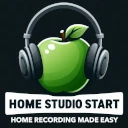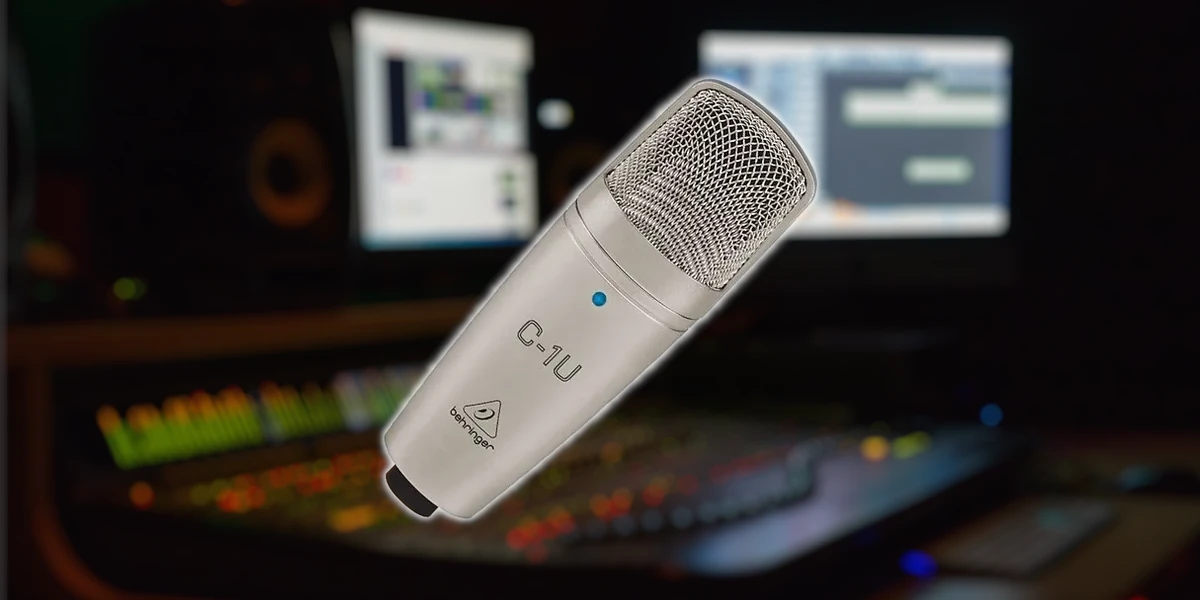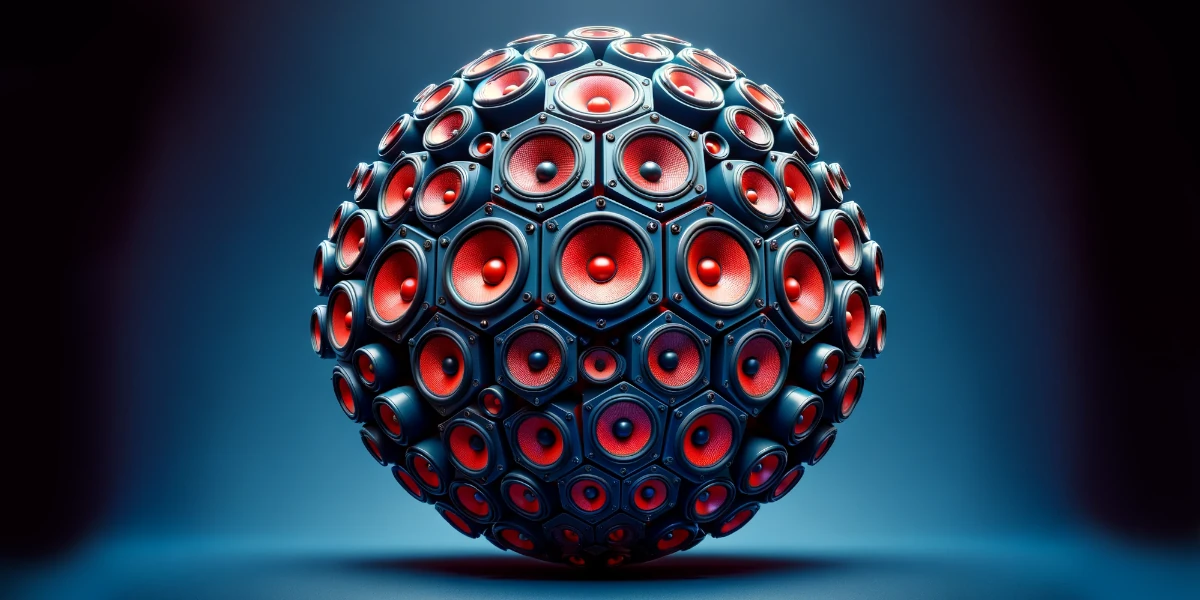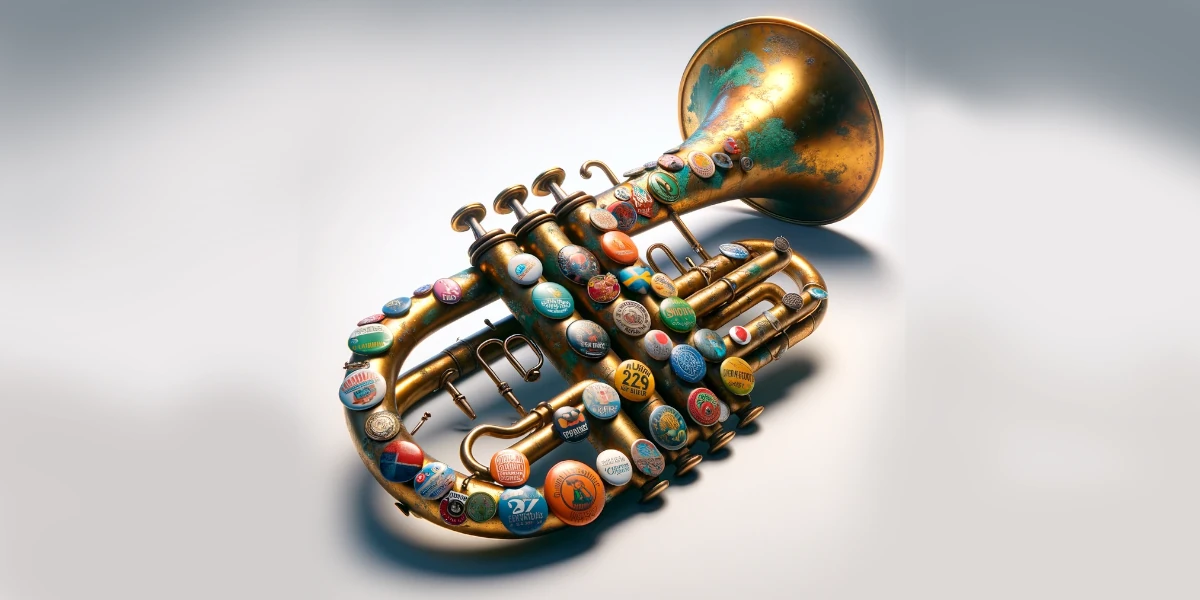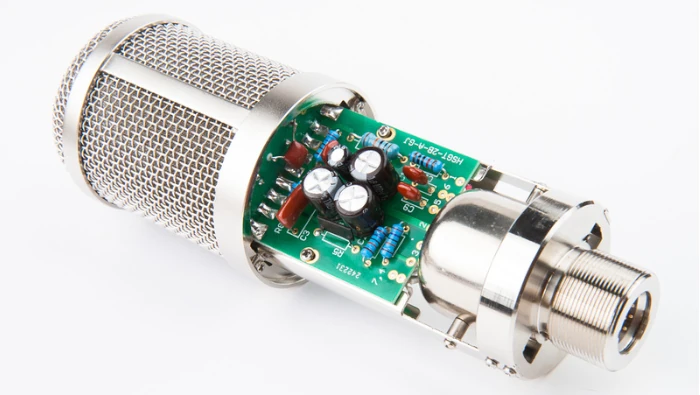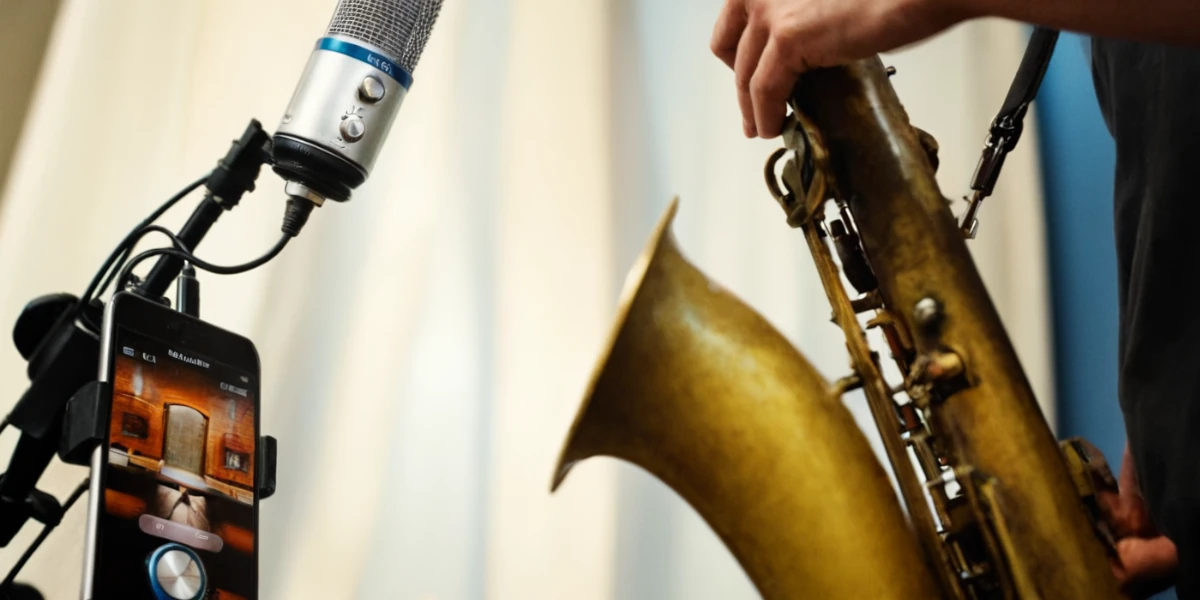In today’s digital age, the dream of recording your own music from the comfort of your home is more achievable than ever before. The home studio revolution has empowered musicians and creatives worldwide, offering a sanctuary for artistic expression without the constraints of traditional recording environments. Gone are the days when aspiring artists had to book expensive studio time, navigating the schedules and fees that come with professional recording spaces. Instead, the home studio presents a realm of independence, where you control the clock and creativity flows freely.
This seismic shift towards home studios is not just about convenience; it’s a financial game-changer. By embracing the DIY ethos, artists save significant amounts of money, money that would otherwise trickle away, hour by costly hour, in a professional studio. Moreover, the home studio is a nod to the unparalleled freedom it brings—an artist’s haven where inspiration can strike at any moment, without the need to wait for studio availability or the presence of a recording engineer.
In this guide, we’ll explore the compelling reasons to consider a home studio setup. From the autonomy it grants to the financial savings and the creative control it offers, the benefits are vast and varied. Whether you’re a seasoned musician or a budding artist, the home studio revolution is a clarion call to take your musical journey into your own hands. With the right tools and a sprinkle of inspiration, your home studio could be the launchpad for your most authentic and groundbreaking work yet. Let’s dive into the world of home studios and uncover how this revolution can transform your musical endeavors.
